turquoise
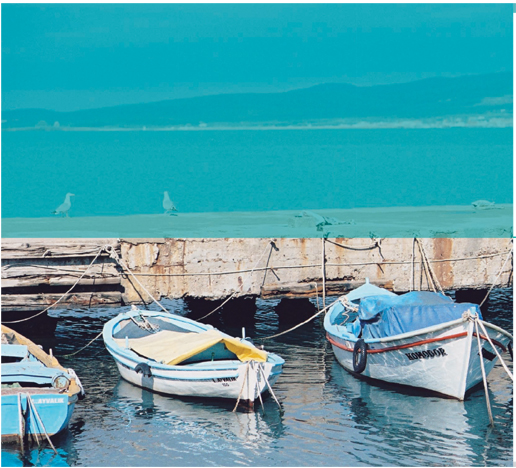
A chiefs travels in Turkey
turquoise
Greg and Lucy Malouf
PHOTOGRAPHY BY LISA COHEN AND WILLIAM ME
Hordie Grant Books

Published in 2007 by
Hardie Grant Books
85 High Street
Prahran, Victoria 3181, Australia
www.hardiegrant.com.au
All rights reserved. No part of this publication may be reproduced, stored in a retrieval system or transmitted in any form by any means, electronic, mechanical, photocopying, recording or otherwise, without the prior written permission of the publishers and copyright holders.
The moral rights of the authors have been asserted
Text Greg Malouf and Lucy Malouf
Photography Lisa Cohen
Food photography William Meppem
Additional photography by Lucy Malouf
Cataloguing-in-Publication data is available from the National Library of Australia
ISBN 978 1 74066 513 1
Edited by Patricia Cortese and Caroline Pizzey
Jacket and text design by Trisha Garner
Photography by Lisa Cohen and William Meppem
Typesetting by Trisha Garner and Megan Ellis
Food styling by Caroline Velik
Maps by pfisterer + freeman
Typeset in Corporate A BQ, Mrs Eaves and The Sans
Printed and bound in China by C&C Offset Printing
Contents
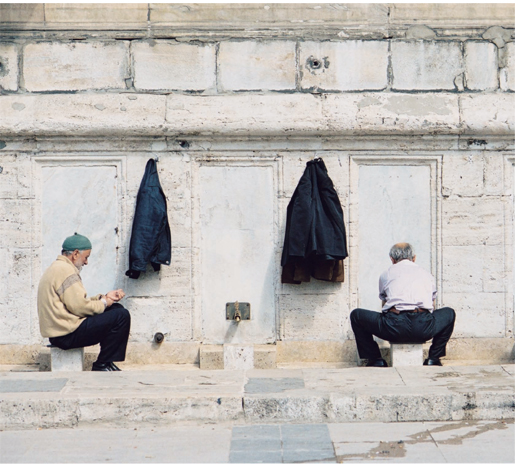
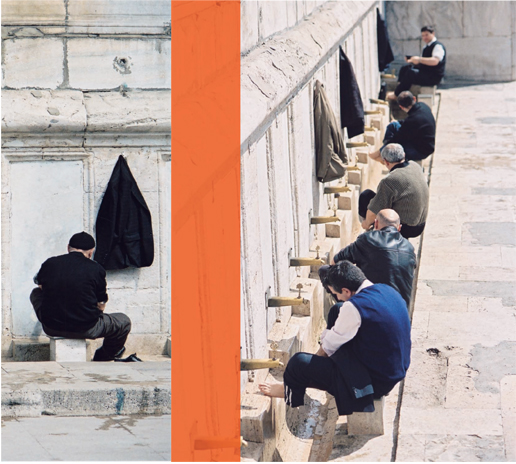
What on earth do you want to write a book about Turkish cooking for? asked my sister-in-law, when I told her that Greg and I were planning a trip to Turkey. Whats it going to be called? One-hundred-and-one ways with eggplant?
A quick poll of our friends revealed that most did indeed think of Turkish food as being limited to endless versions of oily braised eggplant, with a few sticky pastries and limp doner kebabs thrown in for good measure. Yet we had read plenty of books that described Turkish food as one of the greatest cuisines in the world, and numerous magazines and newspapers were busily printing stories about a revitalised Istanbul the new cool travel destination. It seemed that a trip to explore the countrys culture and cuisine was not to be missed.
Greg has vivid memories of holidaying in Istanbul while working as a young apprentice chef in Austria. Over the course of the many weeks we spent planning our culinary adventure, his eyes would light up as he described a city of crumbling ruins, glittering mosques and smoky tea-houses. He spoke, too, of the mass of humanity that thronged the streets and alleyways of the Grand Bazaar; of the fishermen beneath the old Galata Bridge frying the days catch on portable grills in their old wooden boats; and of the simit sellers wandering among the crowds, pushing their little carts stacked with golden rings of bread. He had tales of pudding shops and pastries, a ferryride up the Bosphorus to the Black Sea and long nights drinking raki as the whirling gypsy music grew ever wilder.
It all seemed impossibly romantic, this dream of the Orient, and I couldnt wait to see it for myself.
And it was all still there well, nearly all. The rickety old Galata Bridge that Greg remembered so clearly has gone, replaced by a sturdier modern version, and 21st-century safety regulations mean that fish sandwiches are no longer cooked on those little old wooden boats, but instead are sold from a series of food stands along the Eminn waterfront. But these were minor disappointments. During the five weeks we spent travelling across Turkey, we found it to be a magical place beyond our wildest expectations; a country that famously straddles continents and even time itself.
This mingling of the past, present and future is perhaps most evident in Istanbul, where old neighbourhoods are steeped in memories of violence and glamour, decay and opulence. Yet it takes only a short stroll through crowded streets to newer suburbs like Beyo lu and Ni
lu and Ni anta
anta i with their Modern Art Museum, cutting-edge design studios, glitzy nightclubs and vibrant caf culture to witness signs of the capitals recent cultural revival and determination to reclaim its heritage as one of the worlds great cities.
i with their Modern Art Museum, cutting-edge design studios, glitzy nightclubs and vibrant caf culture to witness signs of the capitals recent cultural revival and determination to reclaim its heritage as one of the worlds great cities.
While theres a tendency to focus on Istanbul as being the beating heart of Turkey, the reality is that it forms only a tiny fragment of the countrys landmass and plays but one part in the countrys long and varied history. Outside Istanbul we discovered an ancient land layered with history and of extraordinary natural beauty craggy mountain ranges, wide empty steppe lands and a vast coastline that touches three different seas. Its a land washed in brilliant white sunshine, where a deep blue sky merges with a green sea to create a distinctive and memorable turquoise.
And what of the food? Well, ironically, there was very little eggplant to be found on restaurant menus during our visit, as Turkish cooking is by and large dictated by the seasons. So, instead of eggplant, we enjoyed the tail-end of winters finest produce: roasted chestnuts and hot, sweet, milky drinks of sahlep from street vendors, firm white turbot, plump mussels and salty anchovies from the sea and, best of all, gorgeously perfumed amber quinces. Towards the end of our visit spring was beginning to make its presence felt: the markets were filling up with tender green almonds and spiky artichokes, while myriad varieties of wild greens were arriving from the gardens of the Mediterranean and Aegean, along with crisp cucumbers and a few tiny, sweet strawberries.
Food is, of course, both the product and expression of a culture, and in Turkey we found this to be profoundly different from and more exciting than anything we had been expecting. It has been said that one of the greatest qualities of the Turks has been their willingness to adapt, and through the centuries successive Turkish rulers culminating perhaps with the Ottomans have shown their ability to embrace diverse lands and ethnic groups, varying religions and different cultural mores. This quality is joyously expressed in Turkeys architecture and art, and in its food. The food that we enjoyed on our travels whether in the smallest Anatolian village or cosmopolitan Istanbul all helps to tell Turkeys rich and varied history.
And its a story thats still being told. While visitors to Turkey may bemoan the limited menus on offer in restaurants that cater predominantly for tourists, we implore you to search just a little further afield to discover the authentic regional food on offer all across Turkey. Youll find it in humble village restaurants, in city soup kitchens, crowded meyhanes and, most accessibly, on the streets. You just have to be bold enough to move off the well-trodden tourist path. There are definite signs of a slow-burning renaissance in the countrys food scene. Growing numbers of chefs around the country although perhaps most obviously in Istanbul seem to have a renewed pride in their countrys broader food traditions and are drawing on the past to create a brilliant culinary vision for Turkeys future.
Now is perhaps the time to point out that this is definitely not a traditional Turkish cookery book after all, there are plenty of these around, many of them written by people far better qualified than we are. In
Next page

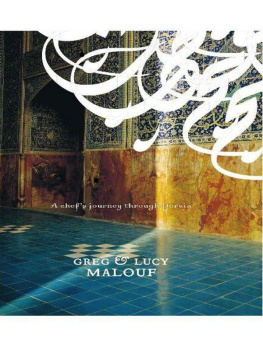
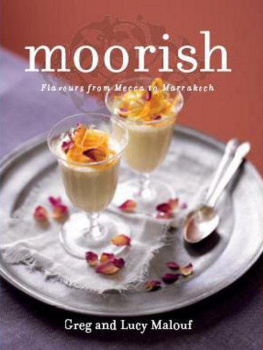
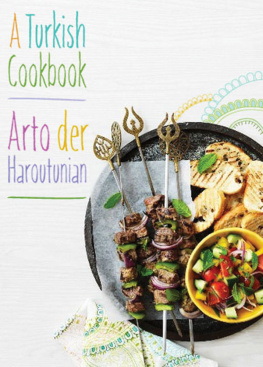
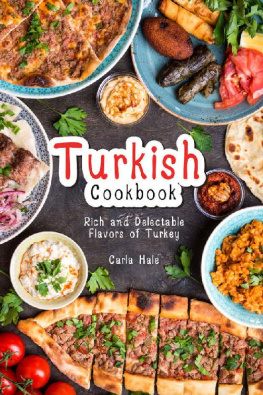
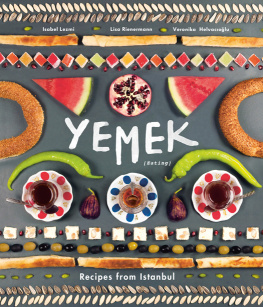
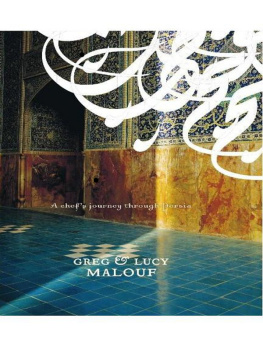
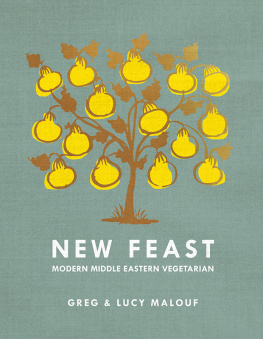

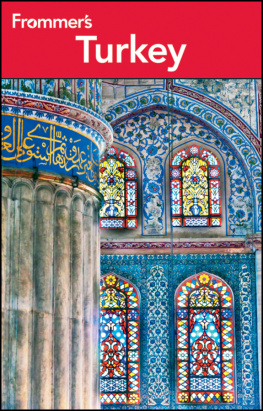

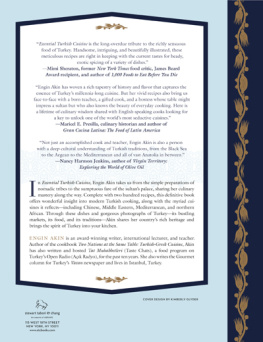
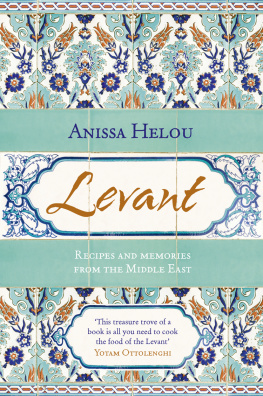




 lu and Ni
lu and Ni anta
anta